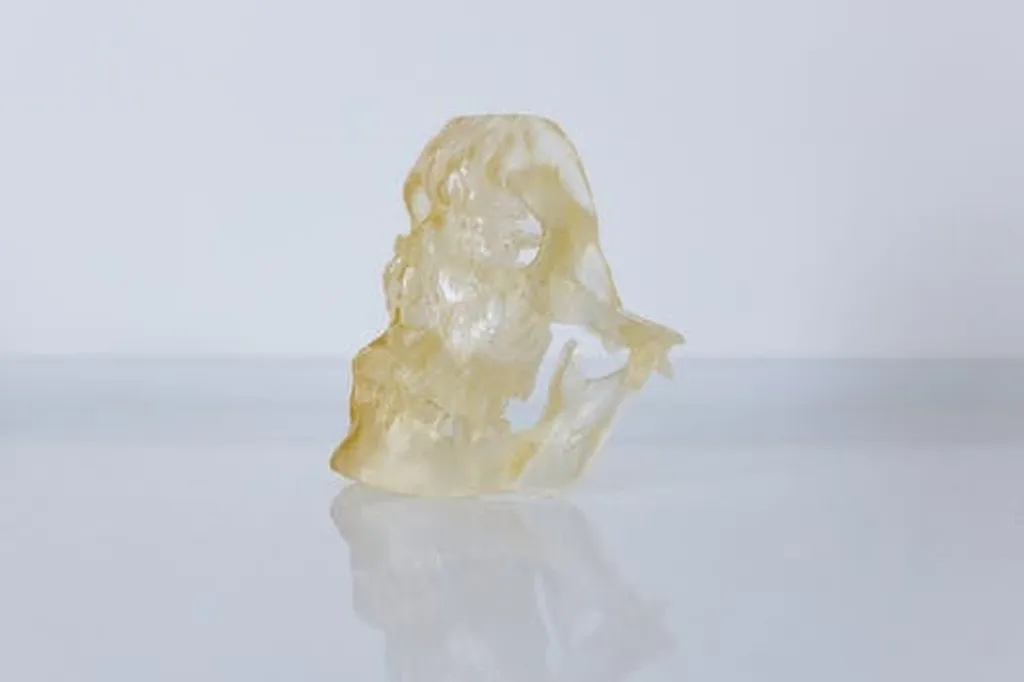In the rapidly evolving world of medical technology, a groundbreaking study led by Suchitra Nishal from the College of Pharmacy at Pandit Bhagwat Dayal Sharma University of Health Sciences is shedding light on the transformative potential of 3D printing in bone tissue engineering. Published in *Discover Materials* (which translates to *Discover Materials* in English), this research delves into the technological, functional, and regulatory aspects of 3D printing, offering a comprehensive look at how this innovative technology is reshaping the healthcare landscape.
3D printing, also known as additive manufacturing, has emerged as a game-changer in various industries, from agriculture to healthcare. By gradually adding materials to a geometric representation, 3D printing enables the creation of complex structures with unprecedented precision. In the field of tissue engineering, this technology is proving to be invaluable for crafting intricate frameworks using biocompatible materials, cells, and supporting elements.
Nishal’s study highlights the diverse applications of 3D printing in tissue engineering, focusing on the creation of tissue scaffolds. “The ability to design and fabricate customised scaffolds that mimic the natural structure of bone tissue is a significant advancement,” Nishal explains. “This not only enhances the functionality of the implants but also improves patient outcomes.”
The research covers various classes of 3D printing technologies, including Stereolithography and Fused Deposition Modelling, and their relative importance in tissue engineering. It also addresses the regulatory considerations and challenges associated with 3D printing, providing a holistic view of the current landscape and future possibilities.
One of the most compelling aspects of this study is its exploration of the commercial impacts of 3D printing in the healthcare sector. As the technology becomes more accessible and affordable, it has the potential to revolutionise the way medical devices and implants are manufactured. This could lead to significant cost savings and improved efficiency, ultimately benefiting patients and healthcare providers alike.
Moreover, the study’s findings have implications beyond the healthcare sector. The principles of 3D printing and tissue engineering can be applied to other industries, such as energy, where the development of advanced materials and structures is crucial. For instance, 3D printing could be used to create more efficient and durable components for renewable energy systems, contributing to the ongoing transition towards sustainable energy sources.
As Nishal notes, “The future of 3D printing in tissue engineering is bright, but there are still challenges to overcome. Regulatory hurdles, material limitations, and the need for further research are areas that require attention. However, with continued innovation and collaboration, we can unlock the full potential of this technology.”
In conclusion, Nishal’s research offers a compelling glimpse into the transformative power of 3D printing in bone tissue engineering. By addressing the technological, functional, and regulatory aspects of this innovative technology, the study paves the way for future developments that could revolutionise the healthcare and energy sectors. As we continue to explore the possibilities of 3D printing, one thing is clear: the future of manufacturing is additive, and the potential is limitless.

